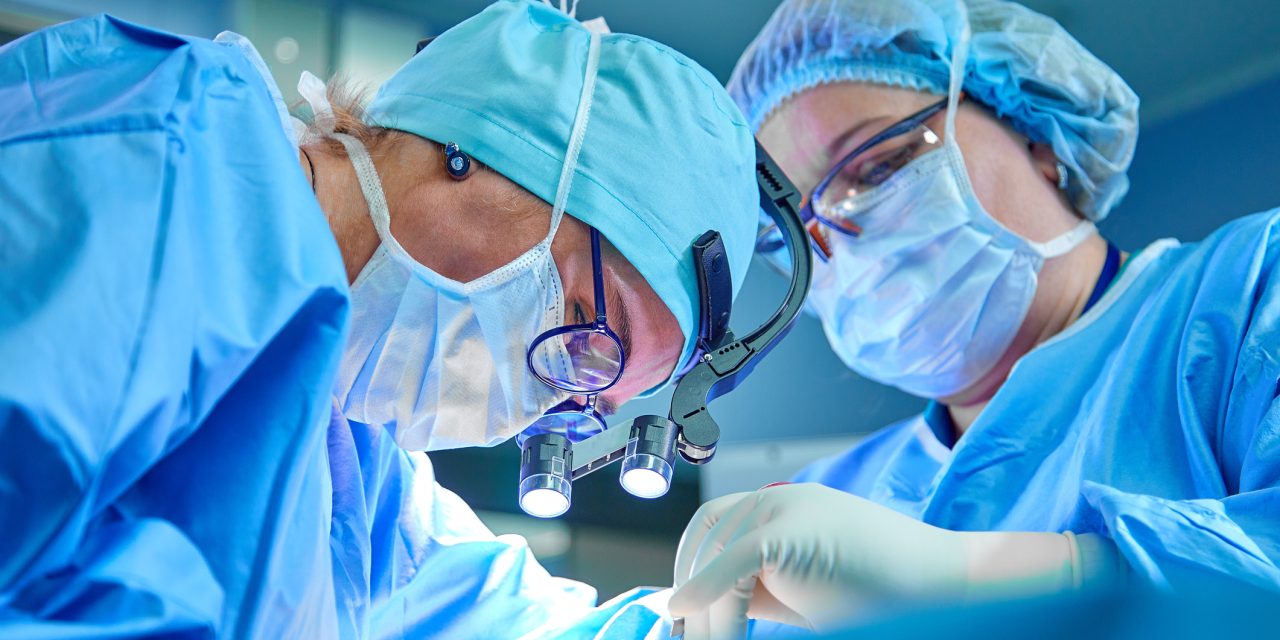This was a review investigation of 2 specialists’ utilization of a solitary polyetheretherketone (PEEK) gadget. Our goal was to research the combination subordinates put inside PEEK gadgets to analyze the probability of an arthrodesis, paying little mind to the PEEK interbody gadget itself. The adequacy of PEEK interbody gadgets in front cervical arthrodesis has been addressed.
The creators reflectively looked into the consequences of 121 patients with demineralized bone lattice (DBM) and 96 with nearby autograft bone set inside indistinguishable PEEK gadgets for foremost cervical arthrodesis (from 2011 to 2018); 1 specialist utilized DBM and another neighborhood autograft bone. Arthrodesis was resolved autonomously by a specialist and 2 blinded neuroradiologists. For DBM versus autograft; mean age was 60 versus 61 years, smoking status 42.1% versus 31%, diabetes mellitus 18.2% versus 28%, mean weight list 31 versus 30, and follow up found the middle value of 17 months in the two gatherings. For DBM versus autograft; a radiographic arthrodesis was seen in 22.3% versus 76% of patients. Refusion at the file level was needed in 5.8% of the DBM and 0% of the autograft patients.
A PEEK interbody gadget loaded up with neighborhood autograft brought about a higher radiographic combination rate and a lower need for reoperation at the record level than an indistinguishable gadget loaded up with DBM. Therefore it concludes stating that the Alert is justified in allocating combination inability to the PEEK gadget alone in front cervical discectomy and combination medical procedure.


